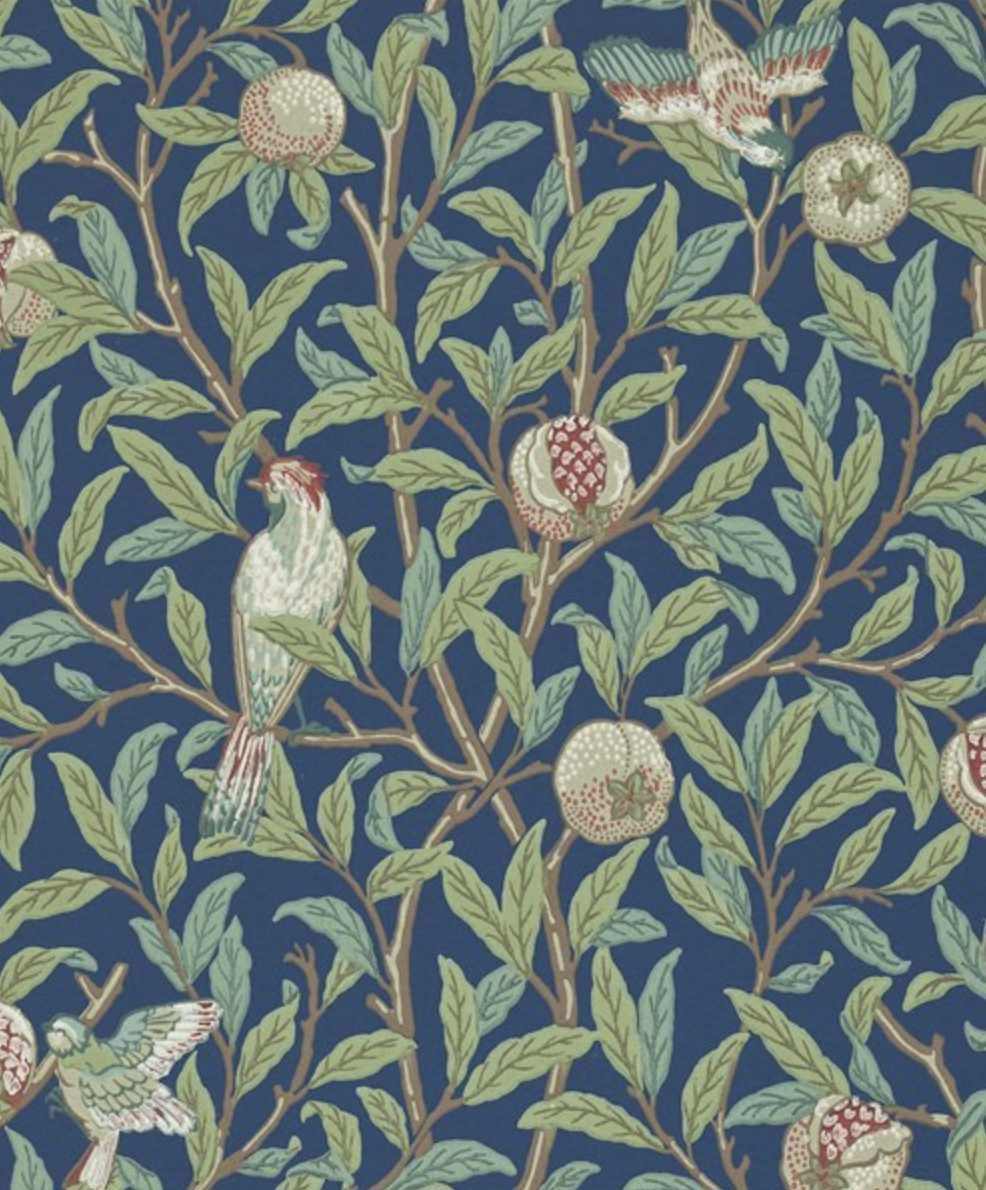Art at the center of interior decor
/The picture of a Victorian-era sitting room shows almost every horizontal surface covered with tiny photos, knickknacks or a variety of other pieces. The walls host an abundance of hanging art, tapestries and intricate needlework samplers. Art is at the center of the finest of rooms.
This technique, called "display technique" is a hallmark of Victorian design and is a wonderful example of the "form follows function" concept. These pieces were conversation-starters, almost there for entertainment; making for more personalized living spaces.
Today, our design aesthetic suggests fewer things; knick-knacks are considered passé, and for many, too much "stuff" is undesirable as it creates a sense of turmoil that reduces the sense of calm that we seek to enjoy in our home.
But we still crave visual stimulation; we still enjoy the memories that a photo can bring or the sense of tranquility that a piece of art may invoke. A piece of art, or photography may become the inspiration for a certain color scheme in a room or even the whole house.
In the current era as in the past, interior decor requires a thorough evaluation of every piece in each room of a home. Items picked have a special meaning for us, they can even cause an emotional reaction in us. We cherish authentic decor that will make our homes stand out. Like the Victorians, we want the objects in our homes to stimulate conversation and become the "anchor element" in the room.
So, what are the advantages of buying original art? Owning an original piece of art, particularly if the artist has become better known since the purchase, can provide a sense of status, and an increase in the value of the piece is an attractive benefit, too. But, as with other types of investments, there is no guarantee that the value will increase in the future.
Original art means that the artist controlled the production process of the one-of-a-kind piece. It no longer means the artist actually made the piece, for example when you buy giclée’s or photography. It means that the piece is signed and numbered by the artist even when there might be other similar pieces available for purchase.
Consider buying art as a personal expression that can reflect your personality, style and taste. Art can inspire you to look at the world in a different way, lift your mood, and in some cases make you feel like you've been taken "away" to another time and place. Buying art also supports artists, allowing them to expand their craft and further their vision, which in turn can help improve the quality and esthetic of our surroundings.
We want our homes to be unique and art is the final expression that will take us there.
Here's to incorporating more art in our homes. Giver me a call so we can find the best piece for you and your home.
Talk to you soon,
Paula R
Paula Interiors Project
Paula Interiors Project












